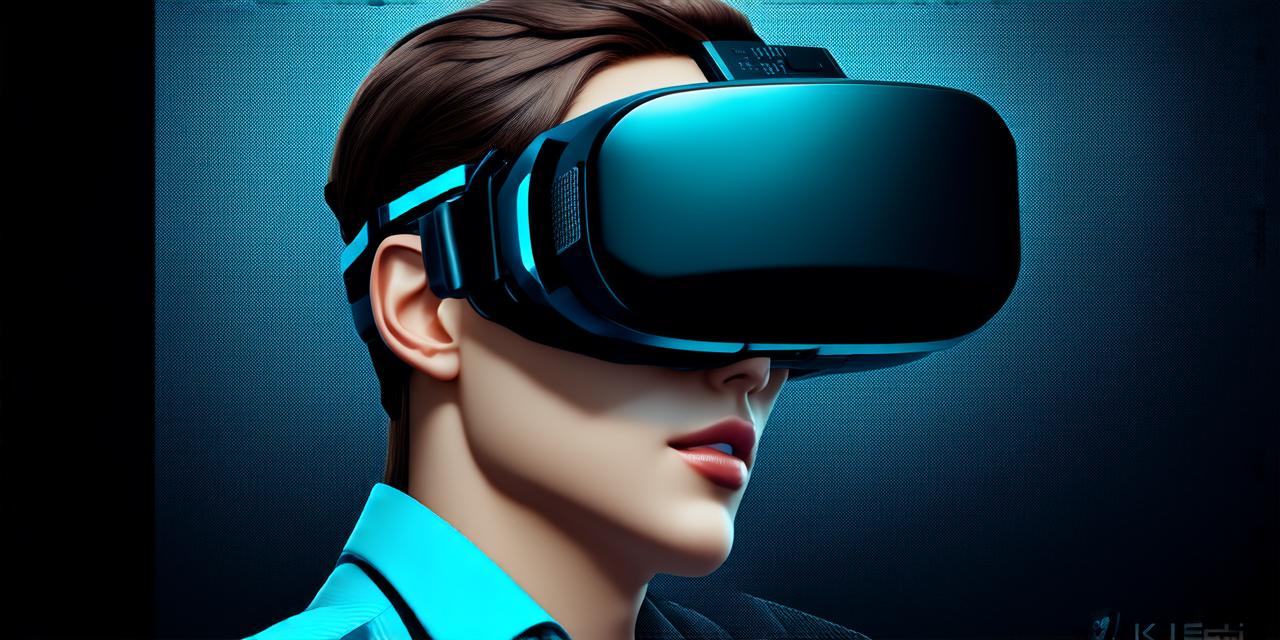Virtual reality (VR) technology is rapidly advancing, with new applications and experiences emerging in various industries such as gaming, healthcare, education, and more. However, as with any new technology, there are potential drawbacks and health concerns that need to be addressed. One of the most common complaints about VR is that it can cause headaches. In this article, we will explore the link between virtual reality and headaches, including their causes, symptoms, and possible solutions for virtual reality developers.
Causes of Virtual Reality Headaches
Virtual reality headaches can have various causes, including:
Eye Strain and Discomfort
One of the most common reasons for virtual reality headaches is eye strain and discomfort. When using VR, your eyes need to focus on a small screen in front of you while also tracking the movements of objects in the virtual environment. This can cause strain on your eyes, leading to headaches.
Motion Sickness
Motion sickness is another common cause of virtual reality headaches. When experiencing VR, your brain receives conflicting signals from your eyes and inner ear, causing disorientation and nausea. This can lead to headaches and dizziness.
Lack of Ventilation
Virtual reality headsets can be hot and stuffy, leading to headaches due to lack of proper ventilation. Overheating can also cause sweat to build up on the forehead, which can further irritate the skin and cause discomfort.
Poor Posture and Ergonomics
Poor posture and ergonomics while using VR can also lead to headaches. If you are not sitting or standing in a comfortable position while using VR, it can strain your neck and cause tension in your muscles, leading to headaches.
Symptoms of Virtual Reality Headaches
Virtual reality headaches can present with various symptoms, including:
Pain on One or Both Sides of the Head
Pain on one or both sides of the head is a common symptom of virtual reality headaches. The pain may be throbbing, pulsing, or stabbing, and can range in severity from mild to severe.
Nausea and Dizziness
Nausea and dizziness are also common symptoms of virtual reality headaches. These sensations can be caused by motion sickness or by the brain receiving conflicting signals from the eyes and inner ear.

Eye Strain and Discomfort
Eye strain and discomfort are other common symptoms of virtual reality headaches. These symptoms may include dryness, itching, and blurred vision.
Fatigue and Irritability
Virtual reality headaches can also cause fatigue and irritability due to the discomfort and tension in the muscles.
Possible Solutions for Virtual Reality Headaches
There are various solutions that virtual reality developers can implement to reduce or eliminate virtual reality headaches, including:
Improve Ergonomics and Posture
Improving ergonomics and posture while using VR can help alleviate headaches. This includes sitting or standing in a comfortable position with proper lighting and ventilation, and taking regular breaks to stretch and move around.
Adjust Eye Settings
Adjusting the eye settings on your VR headset can also help reduce virtual reality headaches. This includes increasing the font size and adjusting the contrast and brightness settings to reduce eye strain.
Use Motion Sickness Medication
Motion sickness medication such as Dramamine or Bonine can help alleviate motion sickness-related headaches. However, it is important to consult with a doctor before taking any medication, especially if you have pre-existing medical conditions.
Improve Ventilation
Improving ventilation in the VR environment can also help reduce virtual reality headaches. This includes using fans or air conditioning units to keep the room cool and well-ventilated.
Develop Better VR Experiences
Finally, virtual reality developers can work to create better VR experiences that are more comfortable and less likely to cause headaches.
